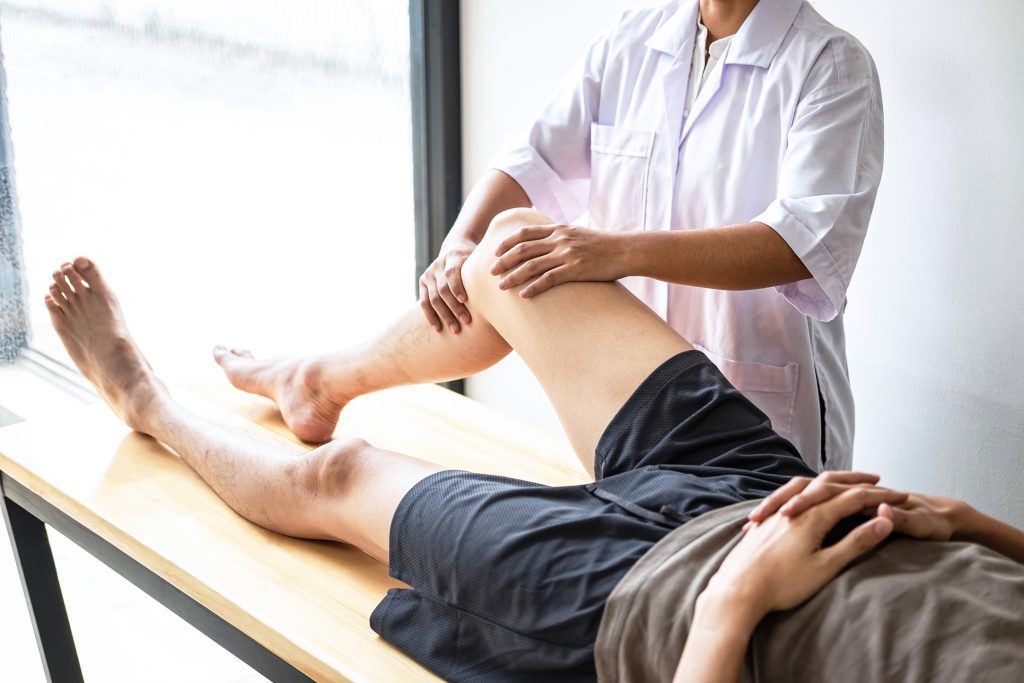Physical and occupational therapy reduces readmission and mortality rates in patients with pneumonia

Physical therapy (PT) and occupational therapy (OT) can reduce the risk for hospital readmission and death in patients with pneumonia, according to researchers at the University of Pittsburgh.1
As one of the leading causes of morbidity, mortality, and hospitalisation in the United States,2 pneumonia results in nearly one million older adults getting hospitalised each year – and over a third of those succumb to the disease.3 Hospitalisation following an acute illness like pneumonia puts elderly patients at risk of functional decline.4 Loyd et al. reported that 30% of adults aged 65 years and above experienced a significant loss of functional independence following acute care hospitalisation, independent of the length of hospital stays.5 This reinforces the importance of establishing mobility-promoting programmes to enhance the likelihood of patients returning to independent living.
Previous studies have reported the effectiveness of PT and OT in improving functional outcomes in the acute care setting, decreasing the risks of post-operative functional decline, and hospital readmissions for patients who had strokes, hip fractures, and joint replacements.6-11 Therefore, Freburger and colleagues1 sought to evaluate whether PT and OT could help to promote functional independence among patients with pneumonia – an acute care area where the value of such rehabilitative care is less clear.
In the current cohort study, the authors examined electronic health records and administrative claims data of 30,746 adults aged 18 years or older, who were discharged with a primary or secondary diagnosis of pneumonia or an influenza-related condition between 1 January 2016, to 30 March 2018. The study’s main outcomes were 30-day hospital readmission or death.
The risk of 30-day readmission or death decreased with increasing number of therapy visits (1–3 visits: OR, 0.98; 95% CI, 0.89-1.08; 4-6 visits: OR, 0.89; 95% CI, 0.79-1.01; >6 visits: OR, 0.86; 95% CI, 0.75-0.98) in all patients. This association between the risk of hospital readmission or death and therapy visits was stronger in patients with greater mobility limitations, and in those who did not receive proper follow-up care upon being discharged into a community setting.
With current guidelines for the treatment of pneumonia mainly focusing on diagnostic and pharmacologic interventions,12 this study provides promising findings on the use of PT and OT to improve functional outcomes among patients with pneumonia, enabling them to resume independence even after an acute illness.
References
- Freburg:er JK, et al. JAMA Netw Open 2020;3:e2012979.
- American Lung Association. Trends in Pneumonia and Influenza Morbidity and Mortality. Available at: https://www.lung.org/getmedia/98f088b5-3fd7-4c43-a490-ba8f4747bd4d/pi-trend-report.pdf.pdf. Accessed 5 October 2020.
- Arnold FW, et al. J Am Geriatr Soc 2020;68:1007–
- Gill TM, et al. JAMA 2004;392:2115–24.
- Loyd C, et al. J Am Med Dir Assoc. 2020;21:455–61.e5.
- Berger RA, et al. Clin Orthop Relat Res 2004;429:239–47.
- Gittler M, Davis AM. JAMA 2018;319:820–1.
- Legg LA, et al. Cochrane Database Syst Rev 2006;2006:CD003585.
- Munin MC, et al. Am J Phys Med Rehabil 2010;89:530–40.
- Van Peppen, et al. Clin Rehabil 2004;18:833–62.
- Hagsten B, et al. Acta Orthop Scand 2004;75:177–83.
- Metlay JP, et al. Am J Respir Crit Care Med 2019;200:e45–e67.










